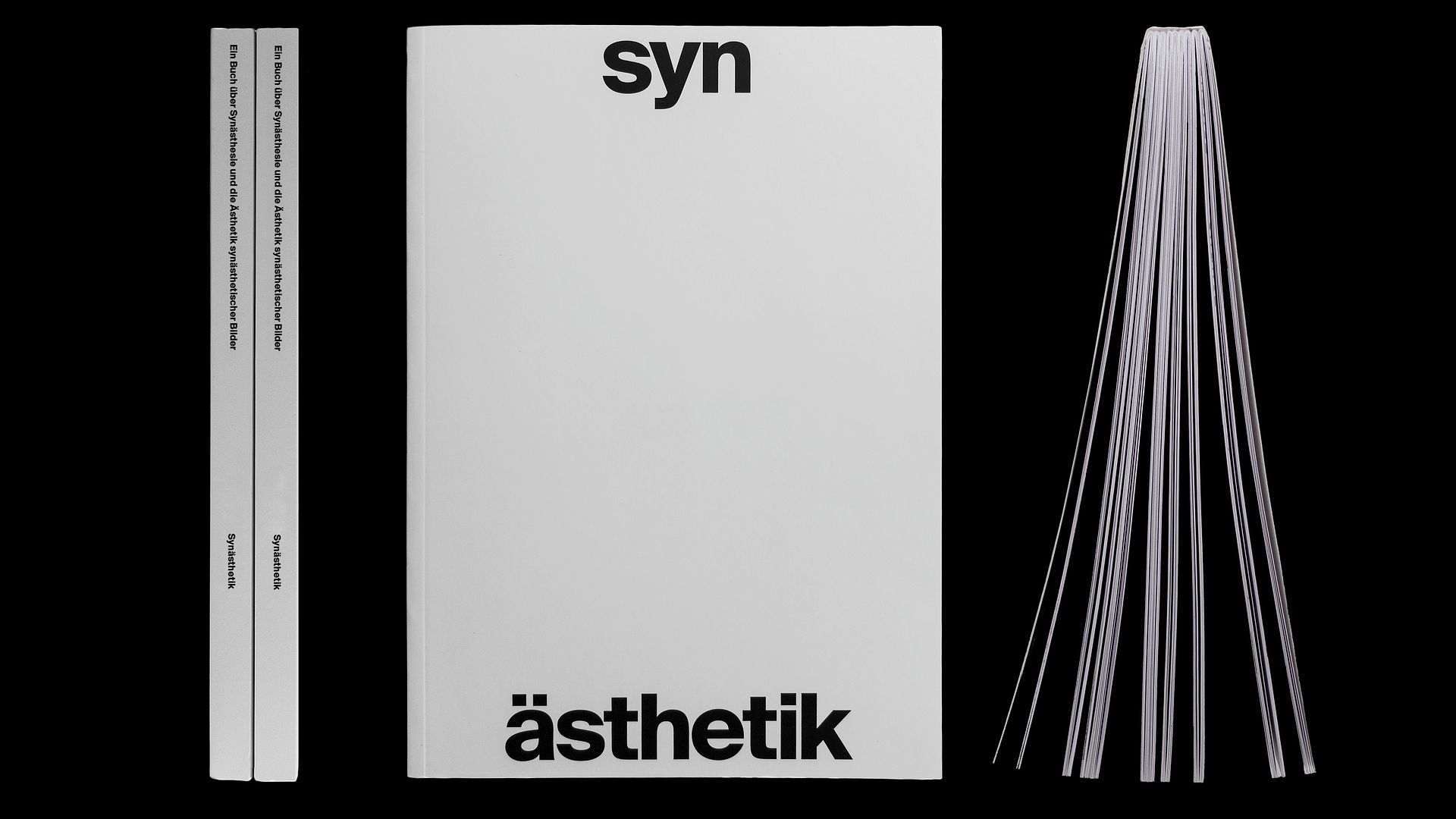Synästhetik
Ein Buch über Synästhesie und die Ästhetik synästhetischer Bilder
In order to make the invisible visible, structure the abstract, and visualize complex relations in an understandable way, we use information graphics.
For centuries, the perception and representation of time in information graphics have followed fixed, standardized, and linear forms, reinforcing established design norms. But is time really as rigid as we depict it? What if time was never meant to follow a line? Some people already break with this convention: sequence-space synesthetes.
Synesthesia describes an involuntary coupling of senses, where one sensory impression automatically triggers another. While this phenomenon exists in various forms, individuals with sequence-space synesthesia perceive sequences, such as units of time (e.g., days, months, and years) or numbers, in consistent spatial arrangements, where each unit occupies a fixed place. These arrangements can be consciously perceived, either in the mind's eye or as projections into their environment.
This project imagines stepping inside a synesthete’s world. By observing and translating implications of their impressions into a visible form, Synaesthetic challenges and expands the way time is visualized in information graphics by incorporating rhythm, movement, and intuition into design.
The project communicates these observed principles nonverbally through design. This is achieved by consciously moving away from typographic norms in favor of a dynamic composition, freeing the text from rigid grid structures.
Visual hierarchies are created through variations in type size and weight, which aren’t arranged statically, but according to content.
The fluid, flexible perception of sequence-space synesthetes is represented through the integration of immersive animated visualizations implemented in AR.
By embracing this new way of thinking, the project opens up a future where design conventions of information graphics are challenged through a dynamic approach, making abstract structures tangible and allowing them to adapt to human perception.
Synesthetic is more than a book — it’s a shift in perspective.

